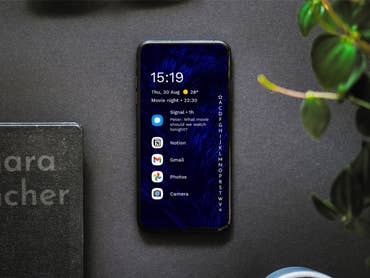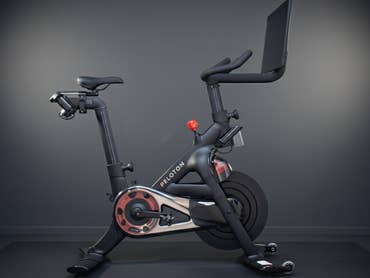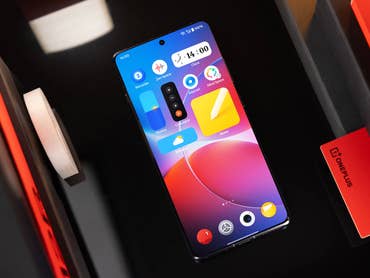The summer heat doesn’t just affect us humans; it also affects our technology. Smartphones, in particular, are susceptible to high temperatures and can get damaged without you realizing it. However, with the right protective measures, your smartphone can be reliably protected.
Smartphones were not designed to operate in extreme temperatures. Manufacturers such as Apple and Samsung state in their technical specifications that their devices were designed for outdoor temperatures between 0 and 35 degrees. These values refer to measurements taken in the shade. So, if the smartphone is lying on a table in a café at a supposedly pleasant 25 degrees, it can heat up quickly to over 35 degrees due to direct sunlight — and thus enter a range that becomes problematic for the sensitive electronics.
How to Protect Your Smartphone from the Summer Heat
The battery is the part that is most affected by external temperature. High temperatures cause it to age faster, which means it can store less energy over time. The consequences often only become apparent months later when the battery life decreases noticeably. However, other components, such as the processor, display, or internal sensors, can also be permanently damaged by heat. In the worst-case scenario, expensive repairs or complete device failure may result.
The risk can be reduced significantly using simple measures. If possible, the smartphone should be protected from direct sunlight and not left in the car, where temperatures can quickly rise to over 60 degrees. Charging in the heat is also not a good idea, as the charging process generates additional heat. Reducing the display brightness and avoiding power-hungry applications such as gaming or video recording will also reduce the strain on the device. Even the choice of the smartphone case can be decisive: plastic cases tend to accumulate heat. Materials such as leather, nylon, or carbon are more suitable as they dissipate heat better.
What to Do if the Smartphone has Already Overheated?
If it does overheat, there is no need to panic. It is important to turn off the device and move it to a cooler place — for instance, in the shade or in a room at room temperature. Under no circumstances should the smartphone be cooled down actively, like blowing an air conditioner at it, placing it in a refrigerator, or even dipping it in water. Changing the temperature too quickly can cause condensation to form inside, which can lead to irreparable damage to the electronics or camera lenses.
As soon as the device has cooled down to a reasonable level, it can usually be switched on without any problems. Although the battery may have suffered long-term damage due to the heat, other components usually remain undamaged. Processors, for example, are designed to regularly reach temperatures of over 35 degrees. They are protected by passive cooling measures such as heat-conducting plates and automatically reduce their performance if necessary. Nevertheless, it is better to be safe than sorry. This is because some damage caused by heat is not immediately visible, and cannot be repaired down the road.




0 comments